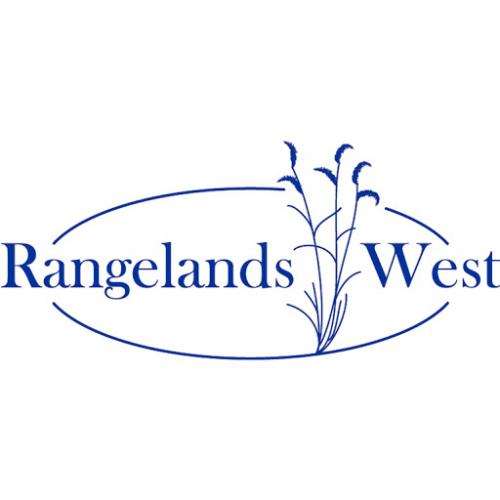Domestic livestock – cattle, sheep, horses, and goats – are typically thought of as the primary grazers (and browsers) on rangelands. Yet, this is the proverbial tip of the iceberg, given the many species that utilize rangelands. Even when wildlife species are thrown into the mix, most people think of the large ungulates – deer, antelope, elk, moose, bison, and bighorn sheep. Let’s face it, most rangeland managers, wildlife biologists, and other rangeland users give little or no thought to the more diminutive “other grazers†of rangelands. Rangeland management literature has focused comparatively little attention on the impacts, benefits, and ecosystem interactions of these other grazers.The Society  for  Range  Management ’s  (SRM)Wildlife Habitat Committee organized and facilitated  a symposium  for  SRM’s  annual  meeting  in Casper, Wyoming (3-4 Feb. 2003) to focus on the less-considered “other grazers,†including worms, insects, rodents, and birds. The purpose of this symposium was to examine the habitat requirements and ecosystem interactions of these diverse invertebrate and vertebrate species inhabiting rangelands.This paper is a synopsis of the eight contributed papers – the titles and authors of which are listed inTable 1. Interested readers may contact the authors for references used in preparing these papers.

Articles, citations, reports, websites, and multimedia resources focused on rangeland ecology, management, restoration, and other issues on American rangelands.